“Loveliest of trees, the tree now is hung with bloom along the bough,” wrote AE Housman in 1896. These lines, from his cycle of poems A Shropshire Lad, comprise perhaps the best-known modern reference to spring blossom. Housman’s cherries “hung with snow” are still a familiar sight in older woods – and in younger, grant-aided plantings, too. But it is the gnarled and knobbly pollards in the country’s last remaining cherry orchards that are probably the most welcome sight to naturalists.
The flowers of these wonderful trees are an important food source for insects such as the honeybee and red mason bee. In a one study of cherry blossom in the Wyre Forest in Worcestershire, researchers used malaise traps, hung like tiny tents among the branches, to sample the pollinating insects hard at work in the canopy. Bees were common visitors to the flowers, but hoverflies – especially the shiny brown drone-flies that mimic honeybees – were even more plentiful.
Other blossom-bearing trees are also magnets for insects. Blackthorn and plum blossom attracts crowds of solitary wasps and bees, as well as spring butterflies such as peacocks and commas, while the long trusses of sycamore blossom hum with bumblebees and flies. They are a superb hunting ground, too, for blue and great tits and recently arrived migrant warblers such as blackcaps.
Identifying the different species of orchard and hedgerow tree from their blossom – which comes in many shades of white, pink, yellow and green – can be a challenge, but this visual guide to the most common varieties should help.
All illustrations by Felicity Rose Cole
Why do parts of a tree flower at different times?
Blossom often appears unevenly and one side of of a tree first. Several things control when buds wake from dormancy in spring, including day length, air temperature and orientation to the sun. But other variable factors are at play, too – such as the prevailing wind, nightly light pollution, uneven shade, browsing by animals, water stress, late frosts and insufficient winter chill. All these can cause blossom to be uneven.
One tree’s flowers will be a different temperature from those of neighbouring kin, with pollination success being influenced by their orientation. A sunny flower with warmer, better nectar is favoured by many pollinators, such as bees that love basking on crab-apple, plum, cherry or blackthorn trees.
In addition, to avoid self-fertilisation, some trees have separate male and female flower parts that don’t mature at the same time. Yew and ash take this further, with separate sexes appearing only on some branches.
This Q&A originally appeared in BBC Wildlife magazine, and was answered by Alex Morss.
Are any UK trees pollinated by birds?
Yes, there is evidence that blue tits play a role in pollinating willow. Bird pollination of flowers, known as ornithophily, is most common in warm climates. Species such as hummingbirds use their long beaks to collect nectar as an energy source from highly specialised flowers, which in turn depend on the birds for pollen transfer.
In the UK, no native bird or flower species has such elaborate mutual adaptations, but blue tits visit willow catkins in spring to hunt for insects and perhaps drink nectar, and their feathers become dusted with pollen.
Willow has male and female trees; the catkins of both secrete nectar to attract insects, and both are visited by blue tits, which could help effect the cross pollination essential for seed production. Records of the birds visiting non-native, nectar-rich plants, such as crown imperials and mahonia, suggest that they may be partial to nectar as a supplementary food source.
This Q&A originally appeared in BBC Wildlife magazine, and was answered by Alex Morss.
How to identify spring tree blossom
Blackthorn tree (xx)
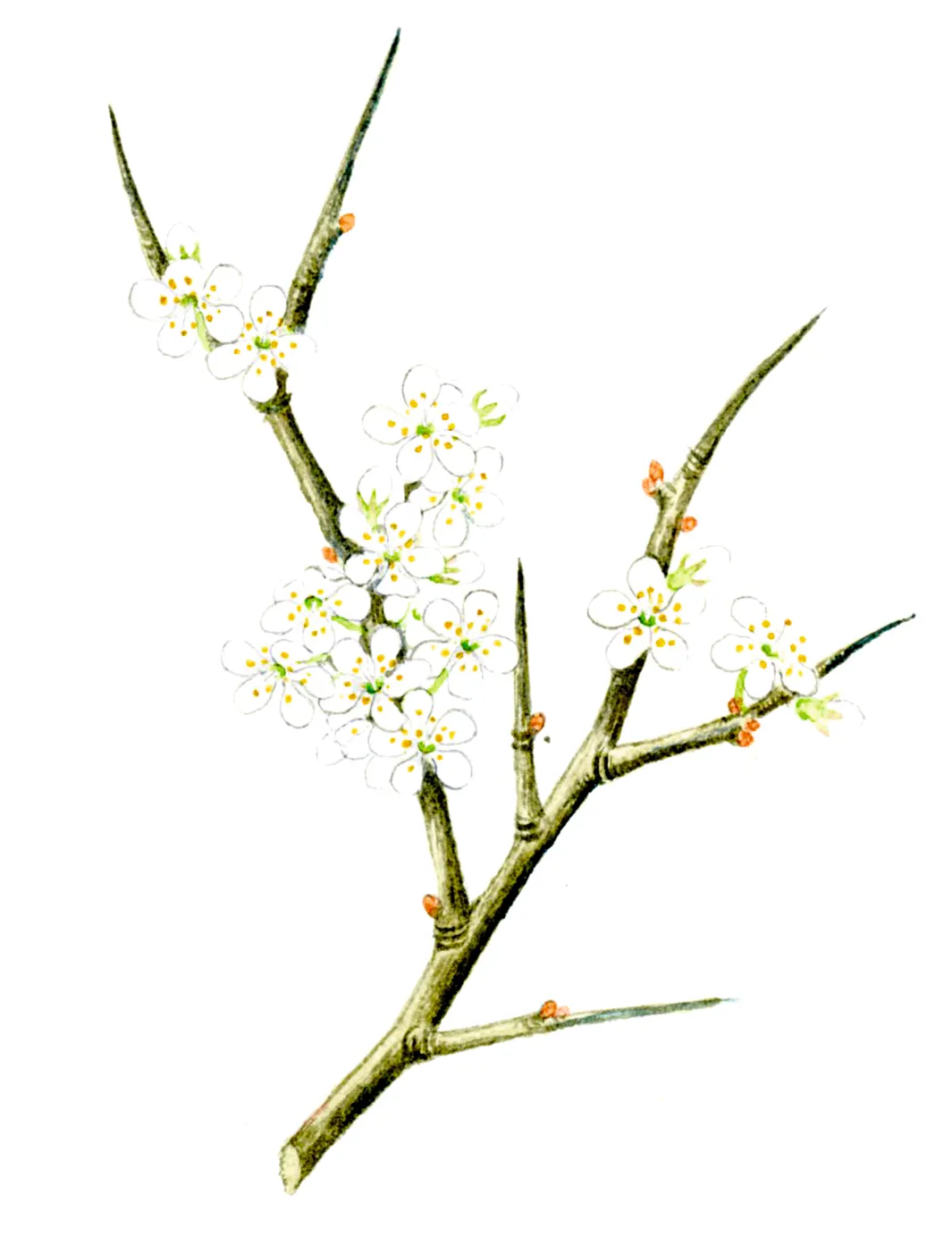
Masses of small white flowers on short stalks among thorny twigs. Hedgerows and woodland edges.
Beech tree (Fagus sylvatica)
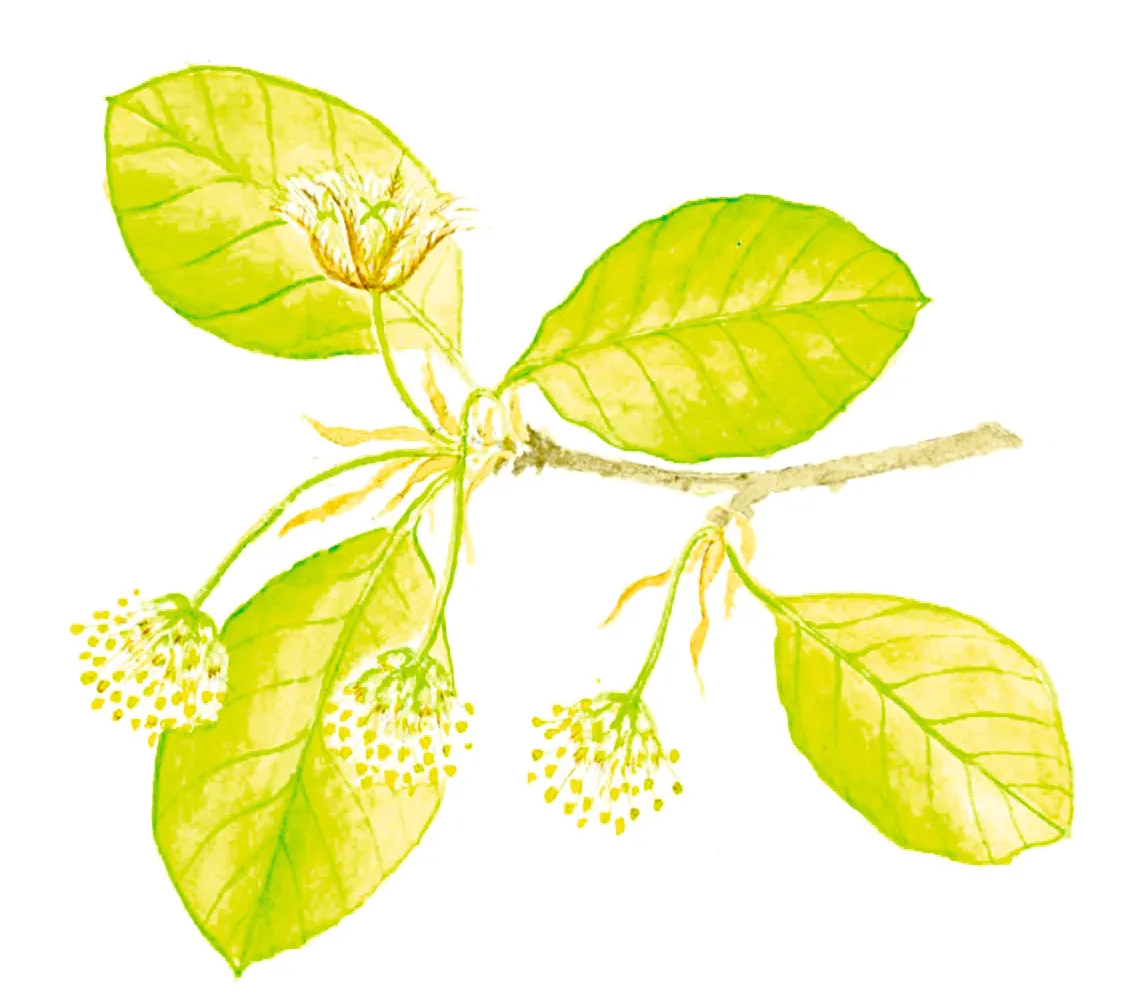
Male flowers (pictured): hanging masses of yellow stamens. Female flowers: brownish. Widely planted.
Holly tree (Ilex aquifolium)
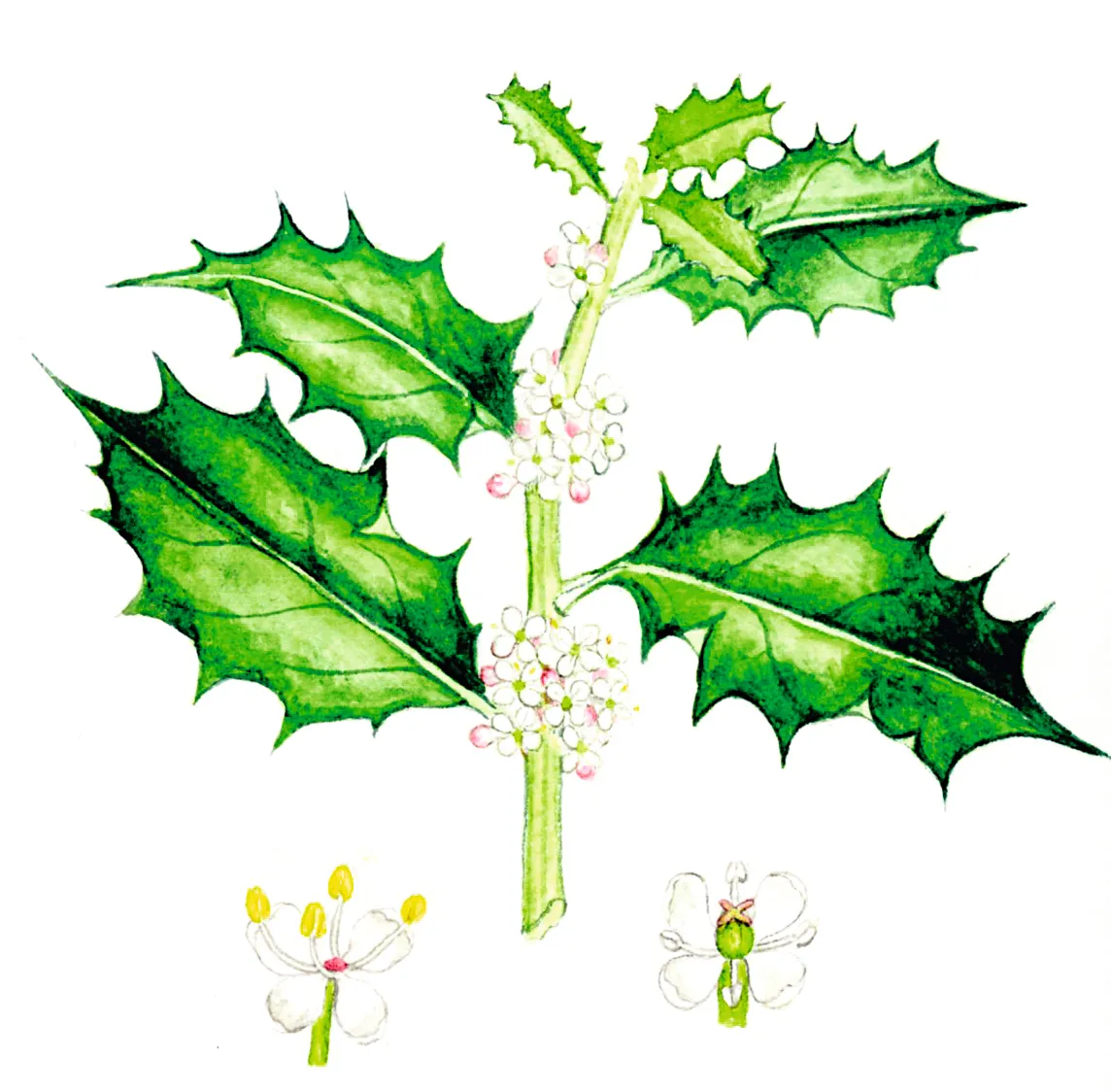
Greenish-white flowers in tight clusters; trees are male (pictured on left) or female (right). Woods, hedgerows and commons
Scyamore tree (Acer pseudoplatanus)
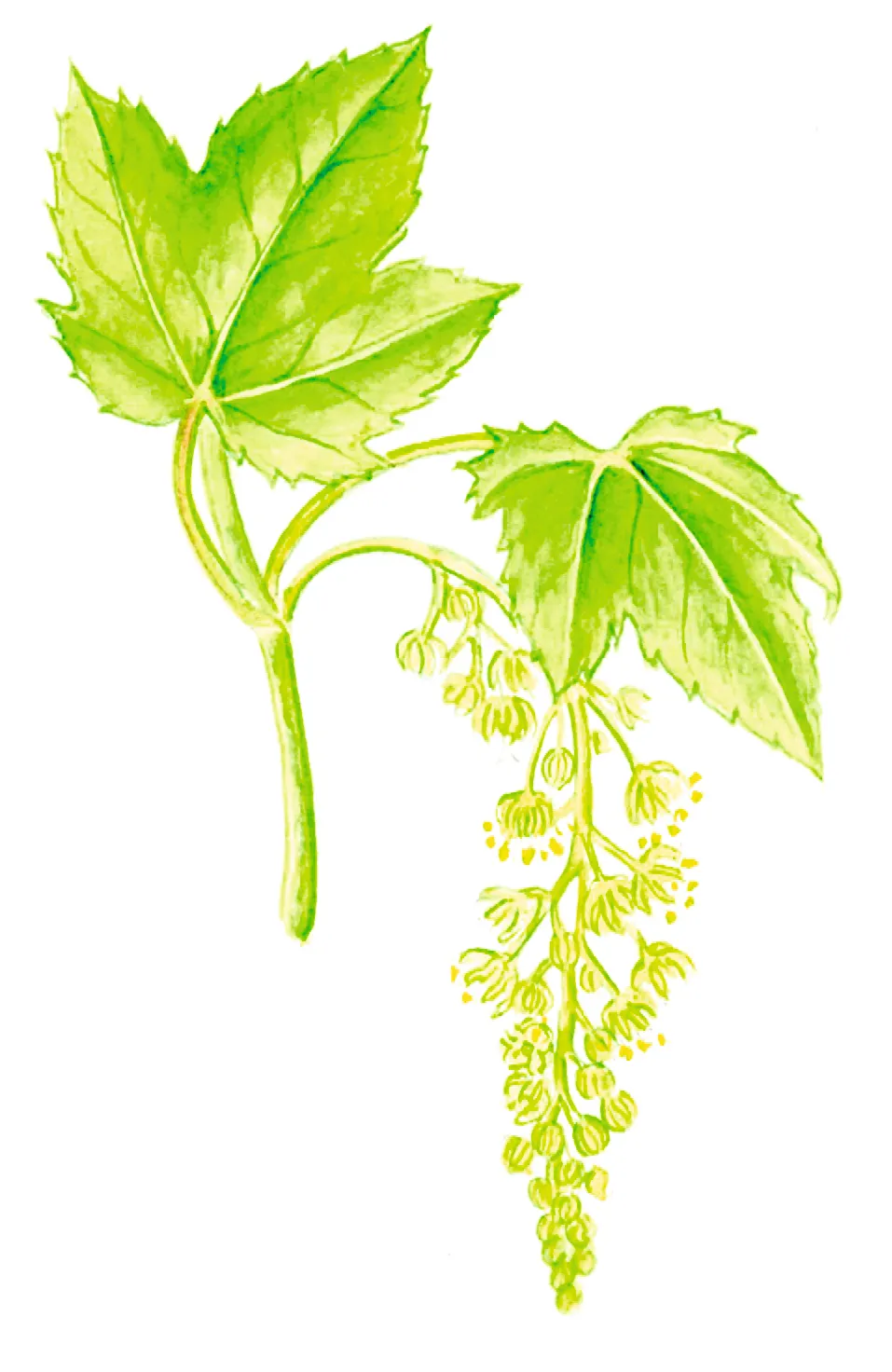
Yellowish-green flowers on hanging tassels up to 12cm long. Woods, parks and gardens.
Field maple tree (Acer campestre)
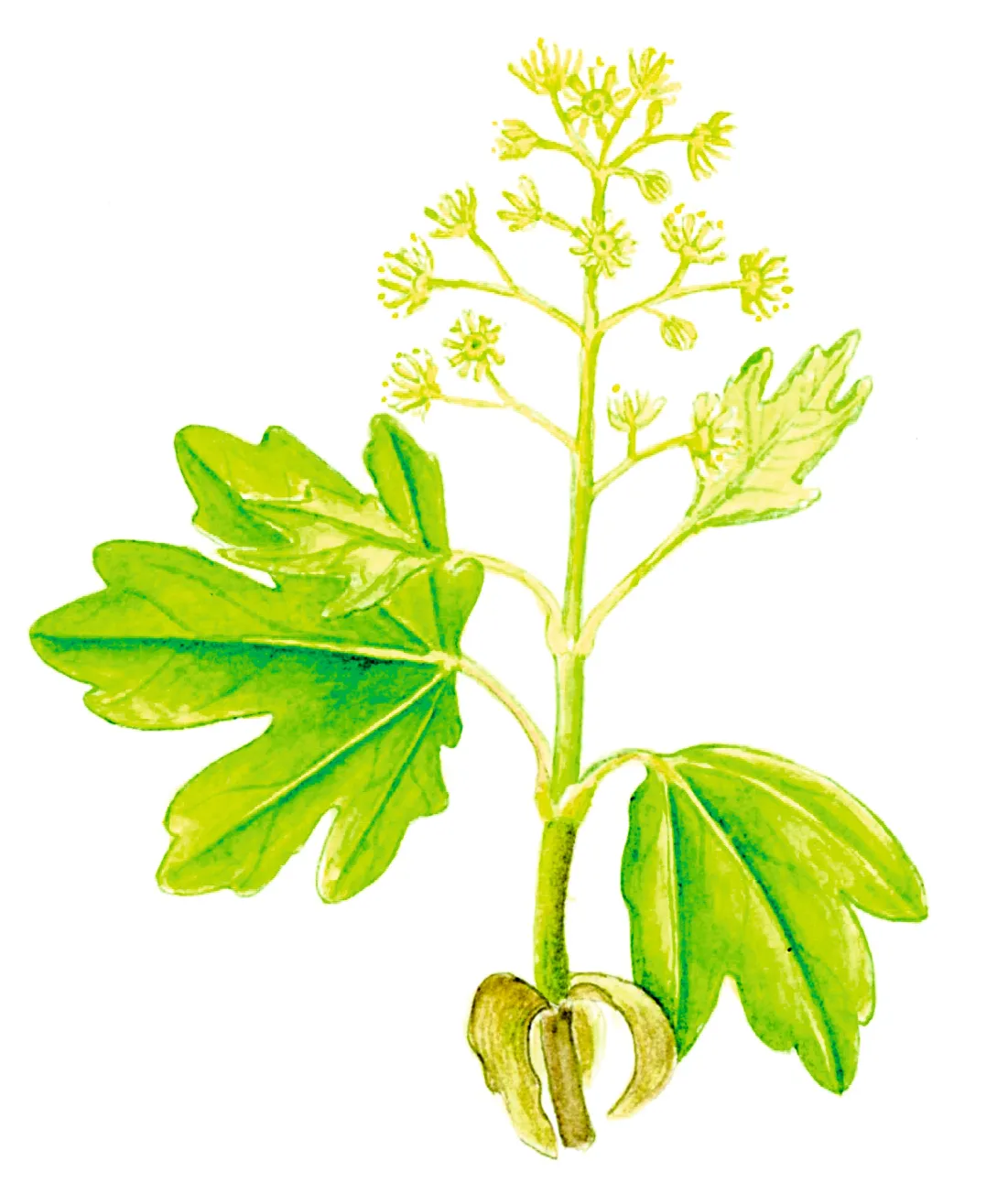
Small, yellowish-green flowers in upright clusters. Hedgerows and woodland edges.
Crab apple tree (Malus sylvestris)
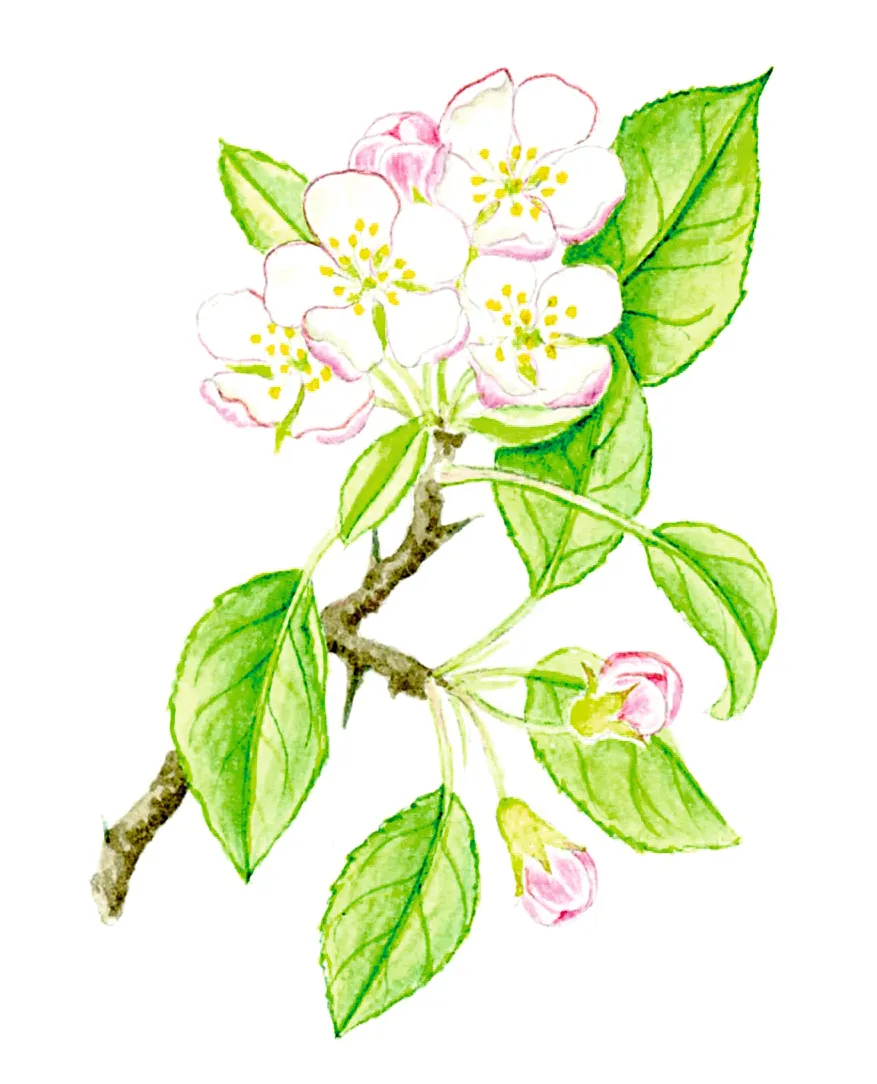
White petals, pink buds. Twigs are thornier than cultivated apple. Old woods and hedgerows; commons.
Orchard apple tree (Malus domestica)
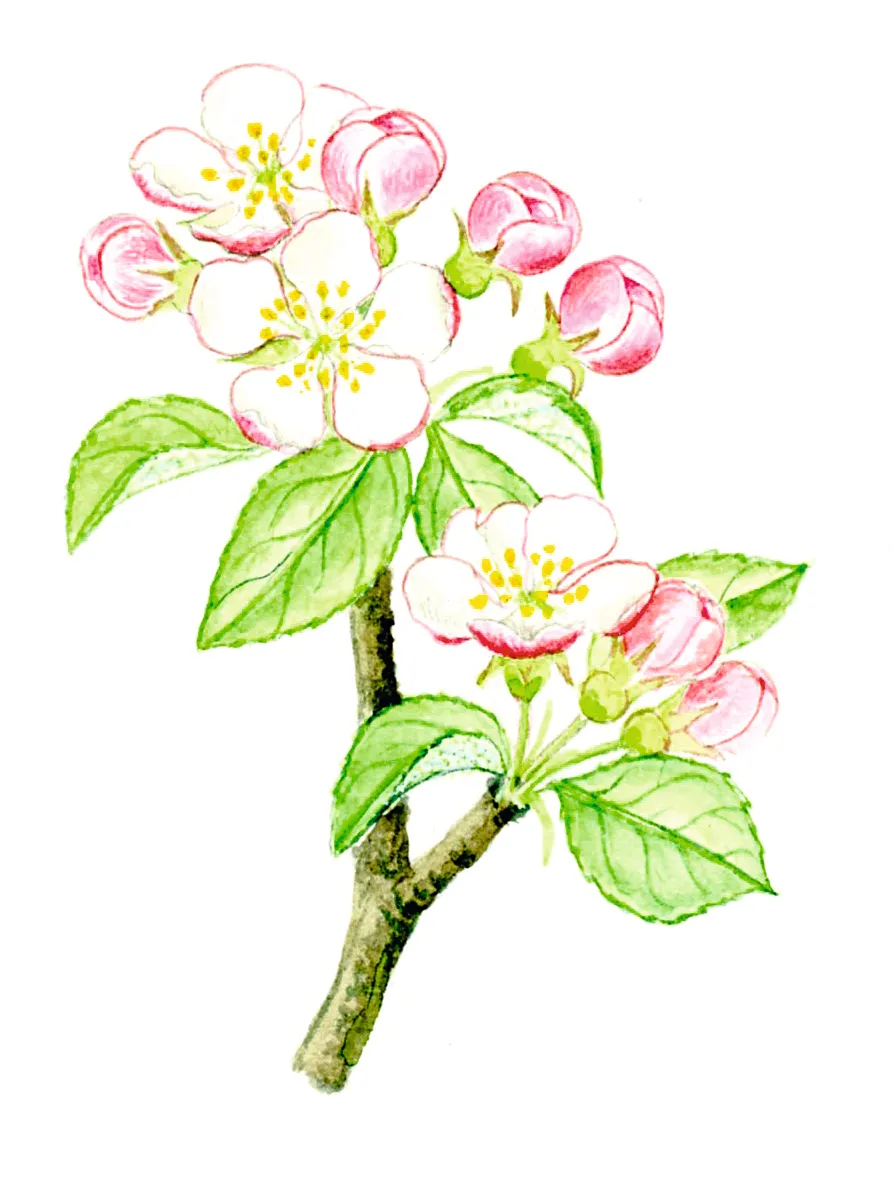
White flowers with pink underside to petals. Hedgerows, woodland edges and waste ground.
Bird cherry tree (Prunus padus)
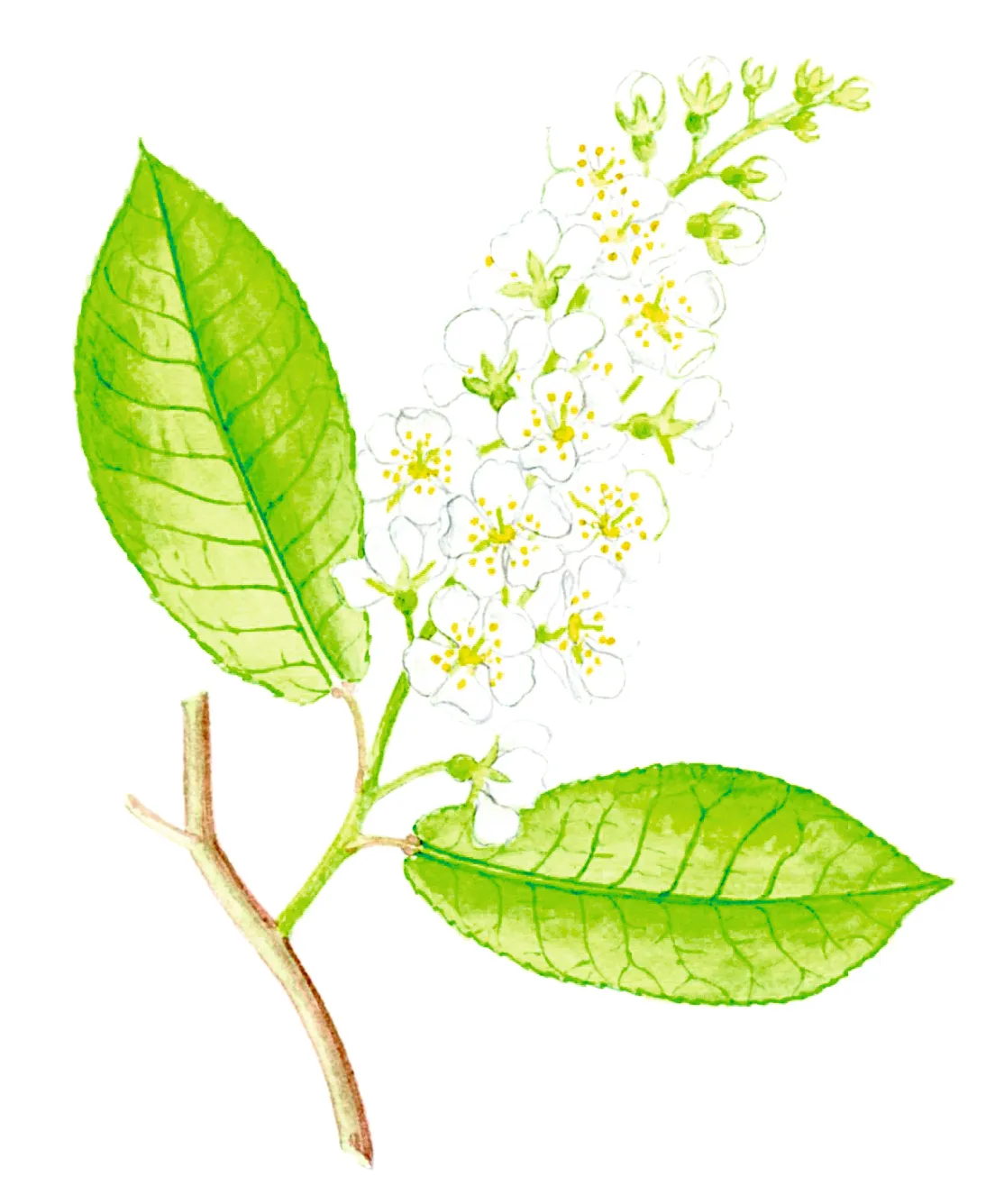
Small white flowers on long spikes. Mainly in north and west; also in ancient woods in East Anglia.
Wild cherry tree (Prunus avium)
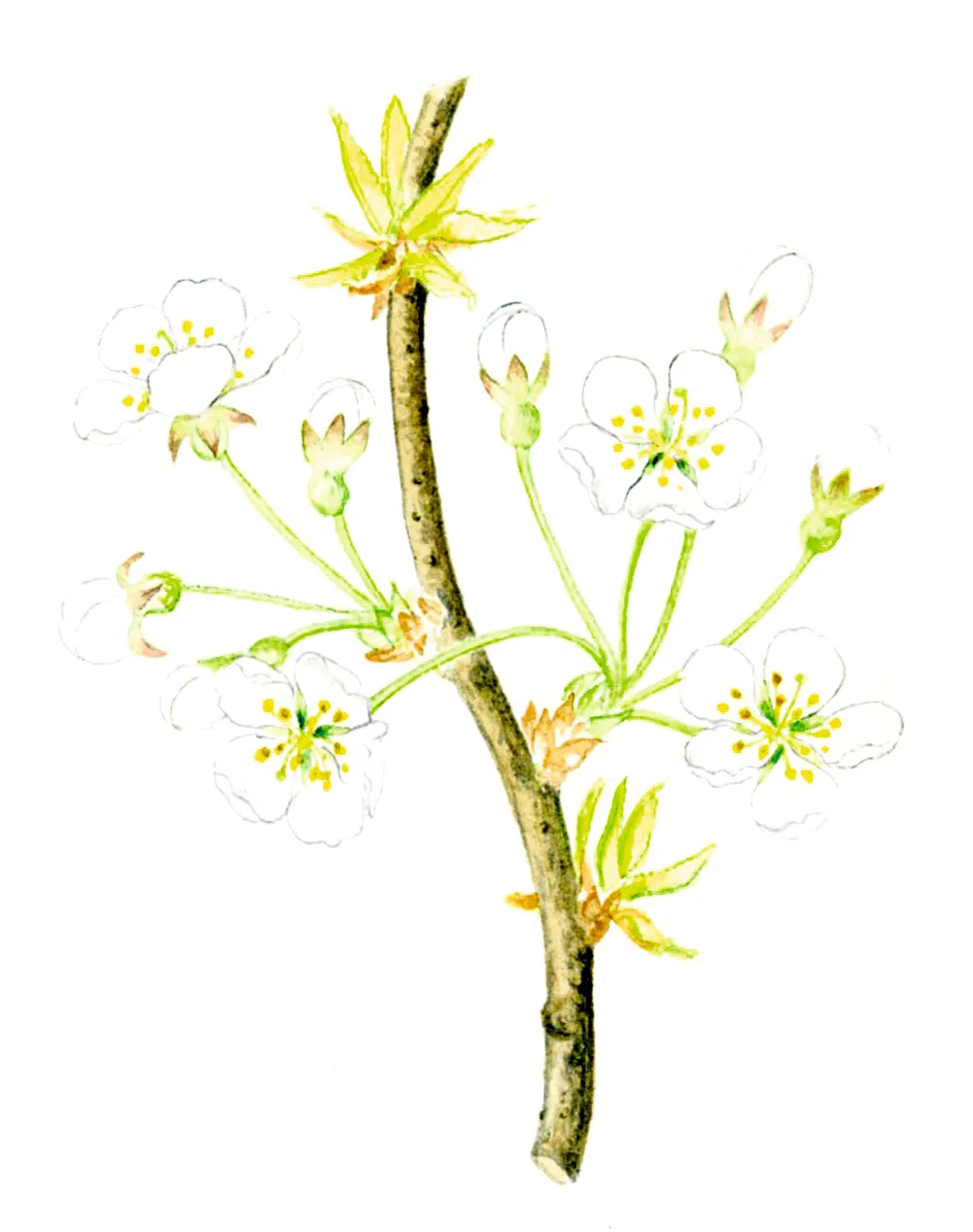
Loose bunches of white blossom on long stalks. Bark is shiny, with large bosses. Old orchards.
Wild plum tree (Prunus domestica)
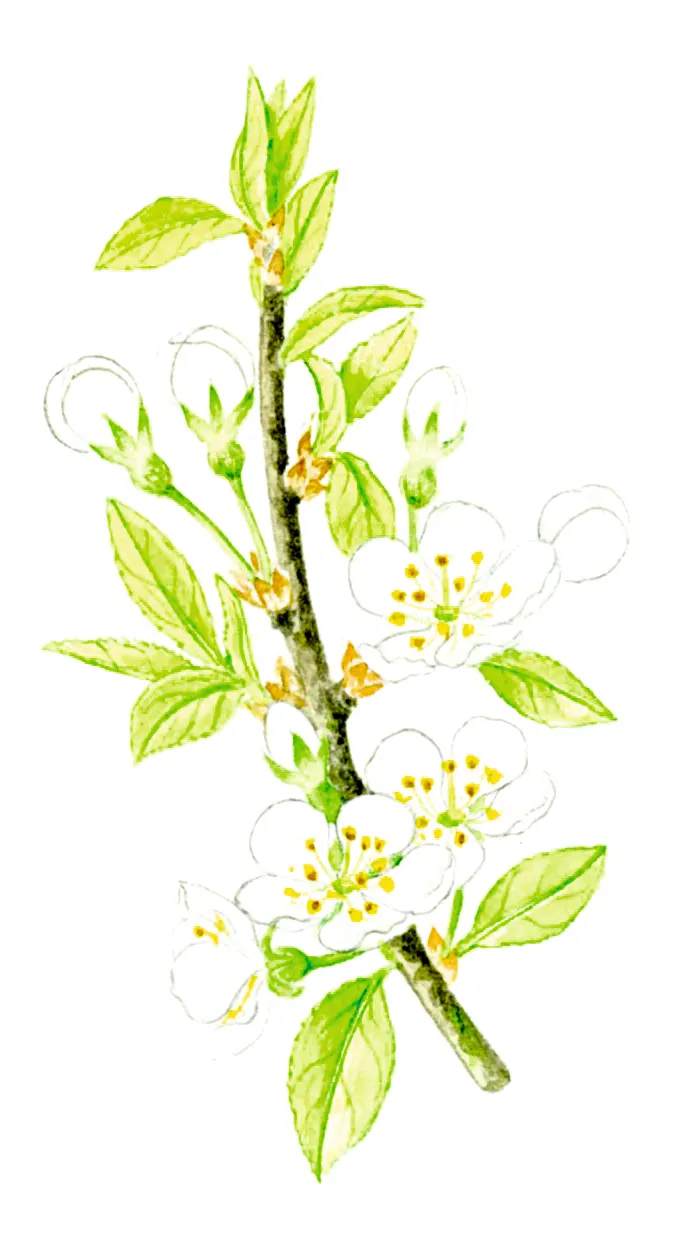
White flowers, larger than those of blackthorn. Twigs not thorny. Old hedgerows and orchards.
Wild pear tree (Pyrus pyraster)
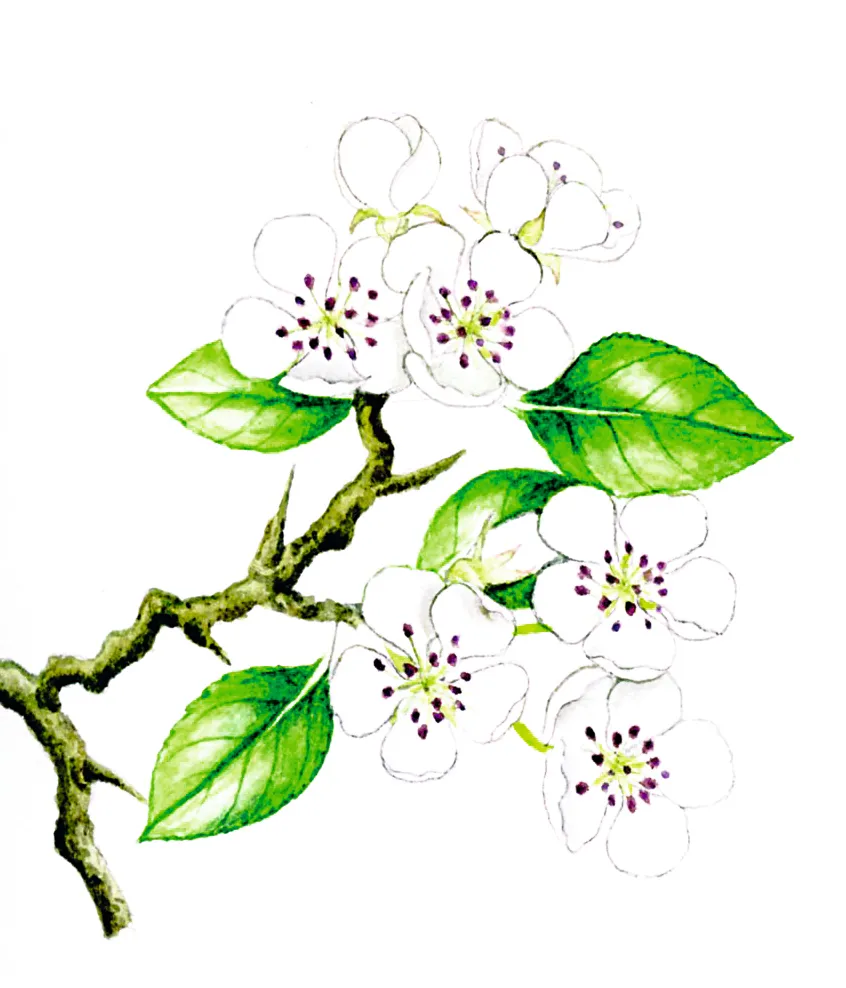
Clusters of off-white flowers. Bark cracked; young twigs often thorny. Hedgerows and woodland edges.
Wych elm tree (Ulmus glabra)
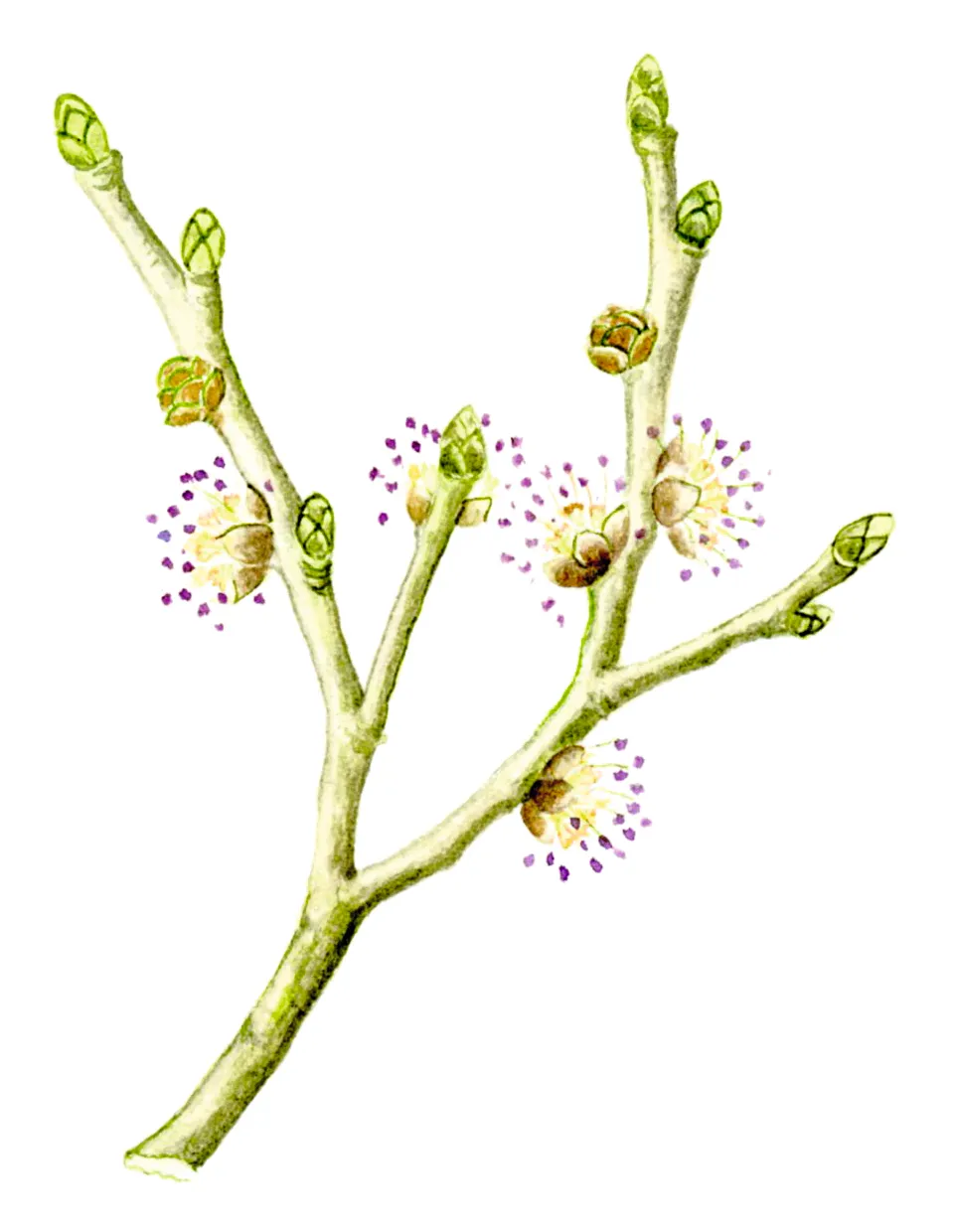
Pinkish–brown flowers in stalkless clusters, which develop into winged seeds. Hedgerows and woodland.
Main image: Blackthorn blossom. © Tom Meaker/Getty




